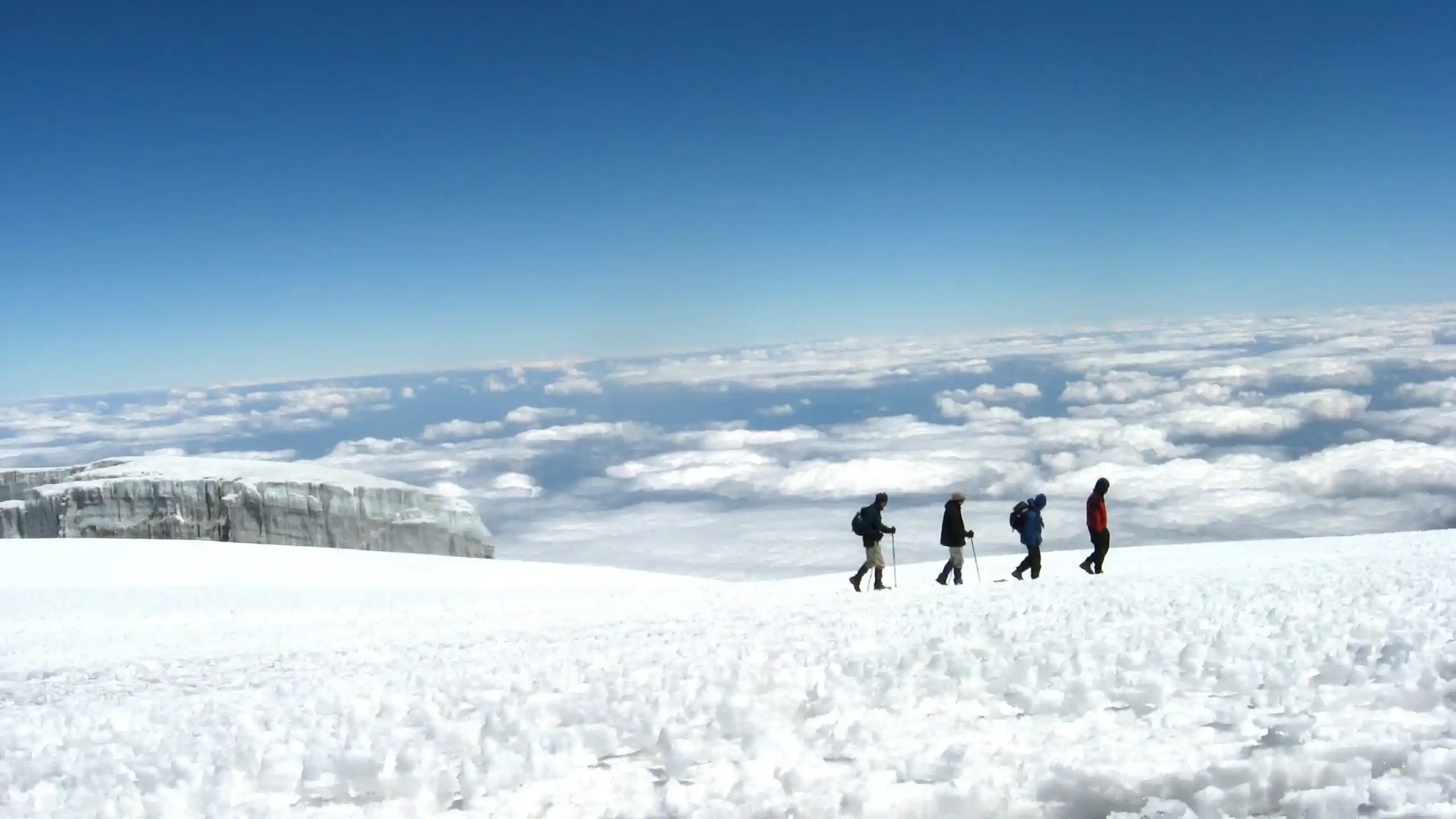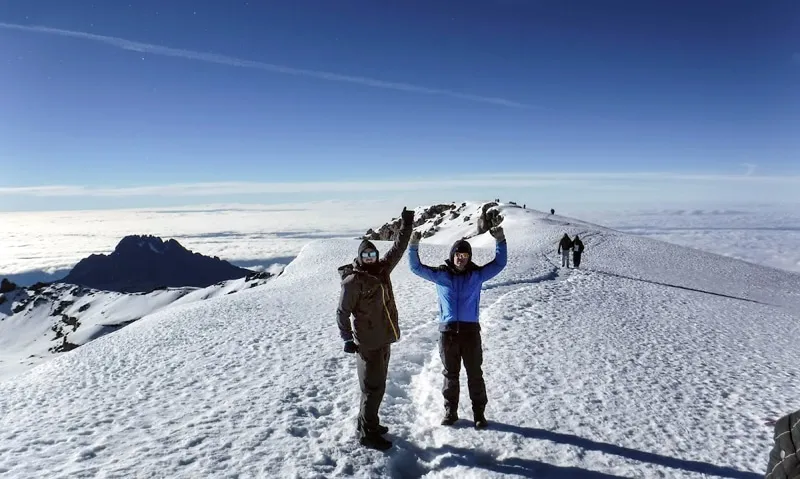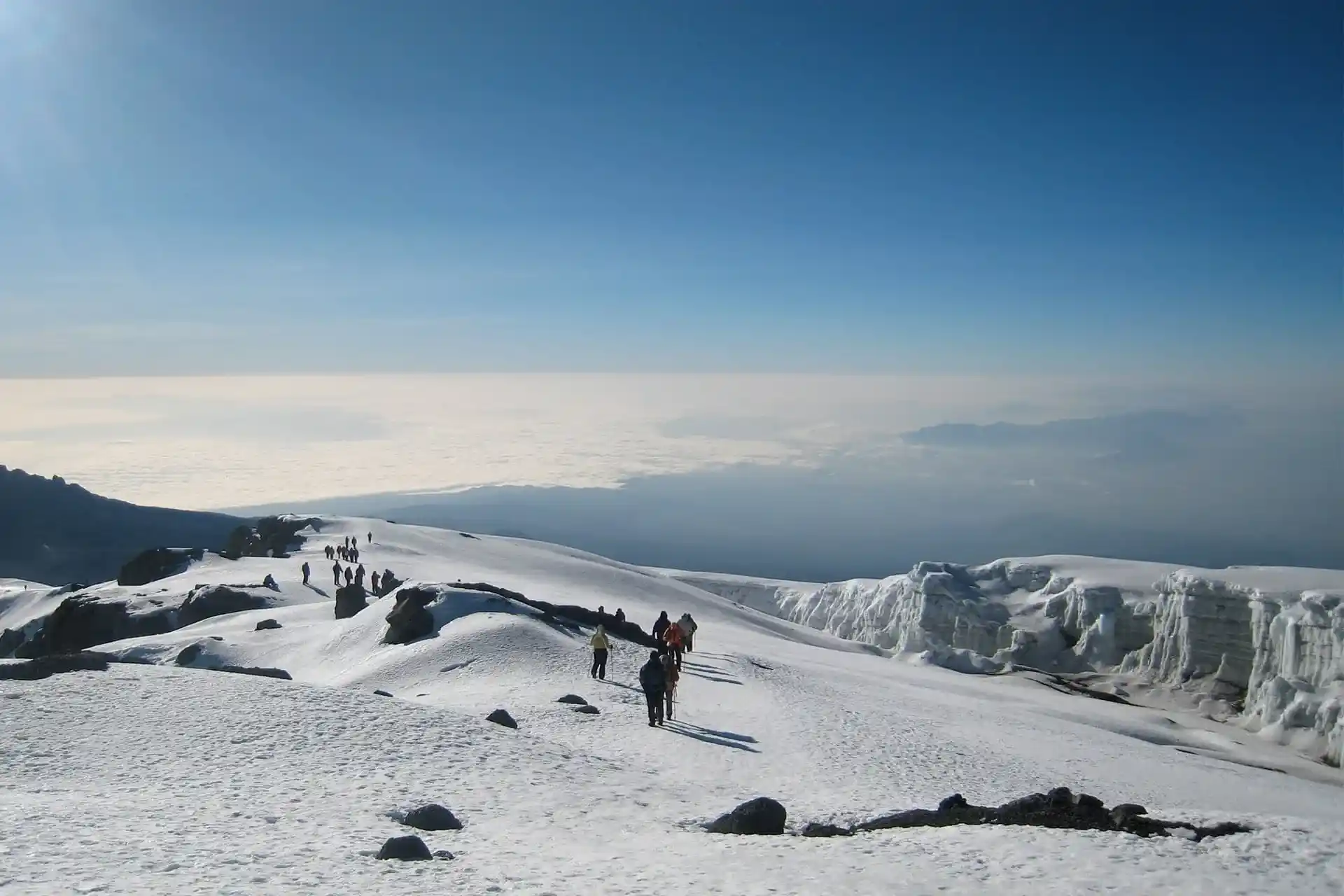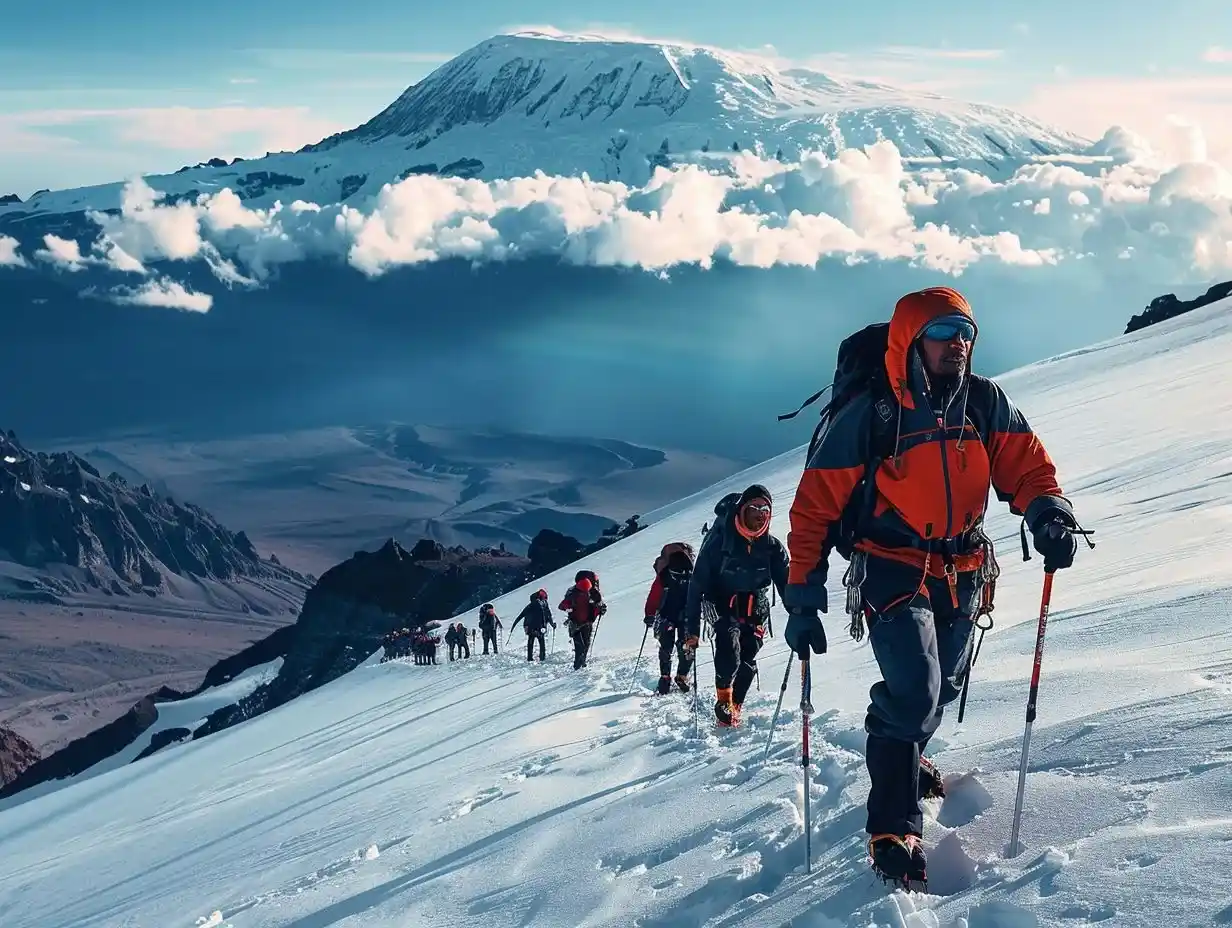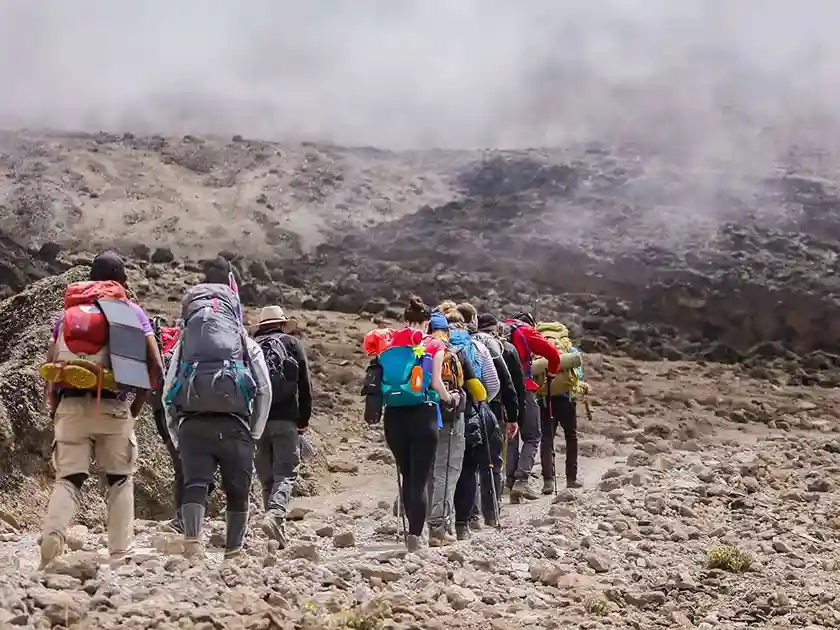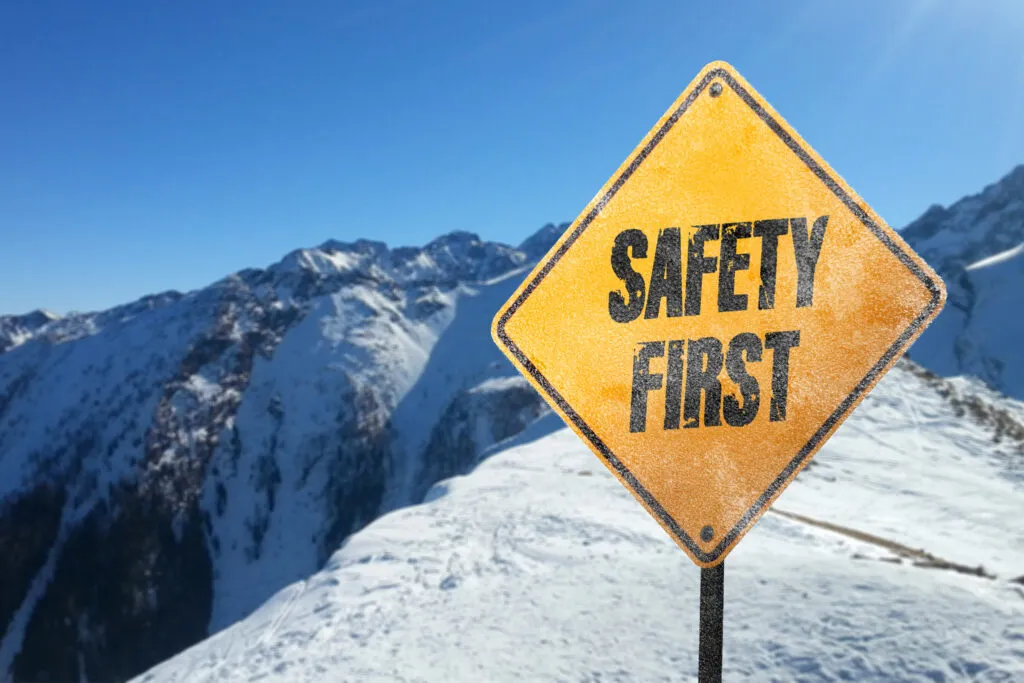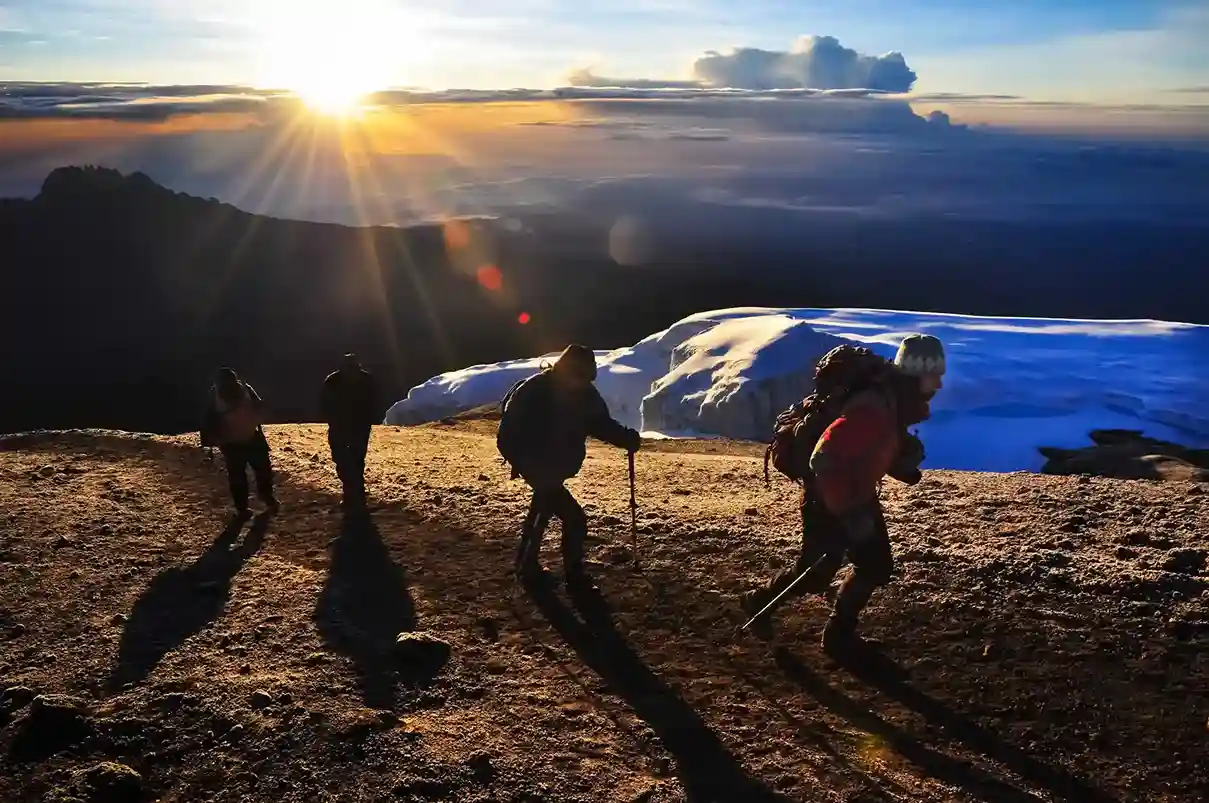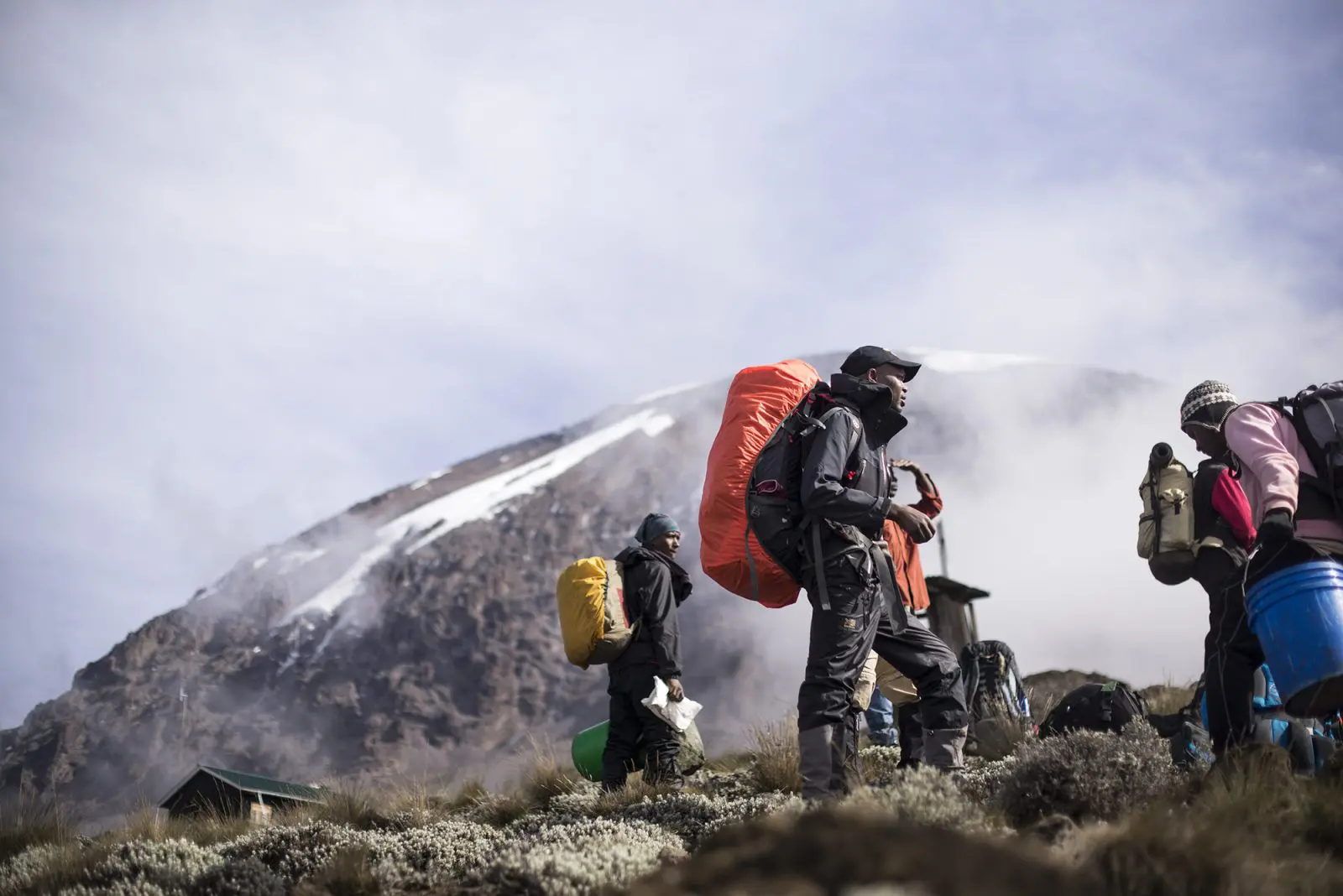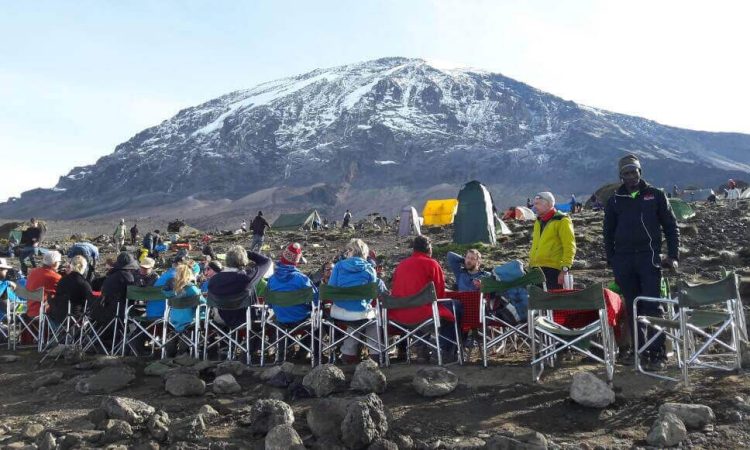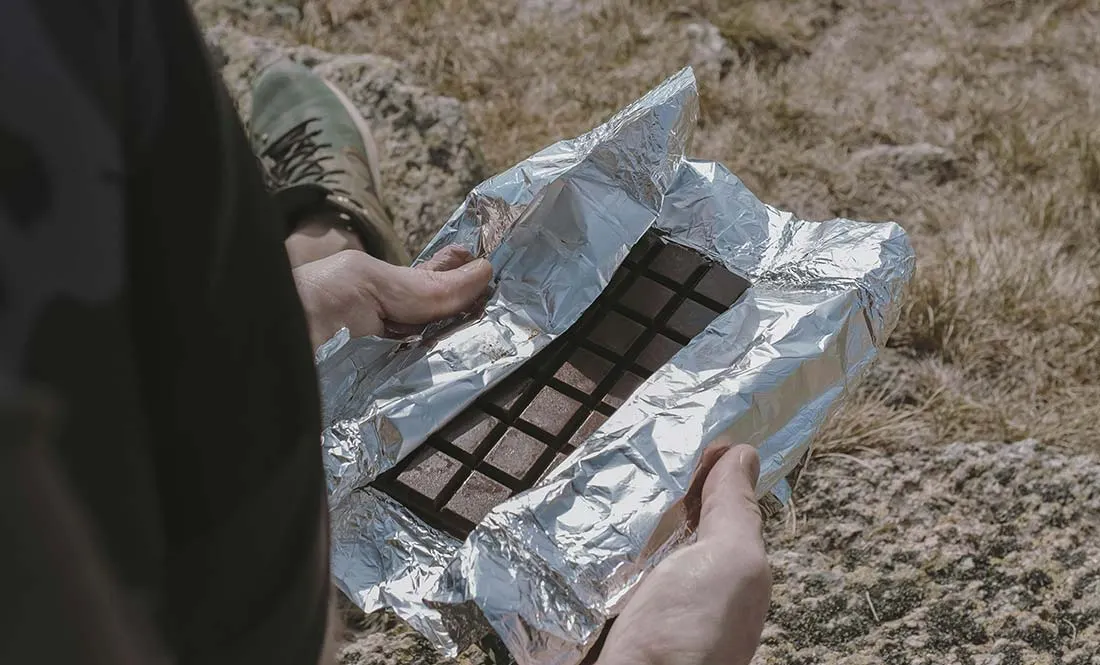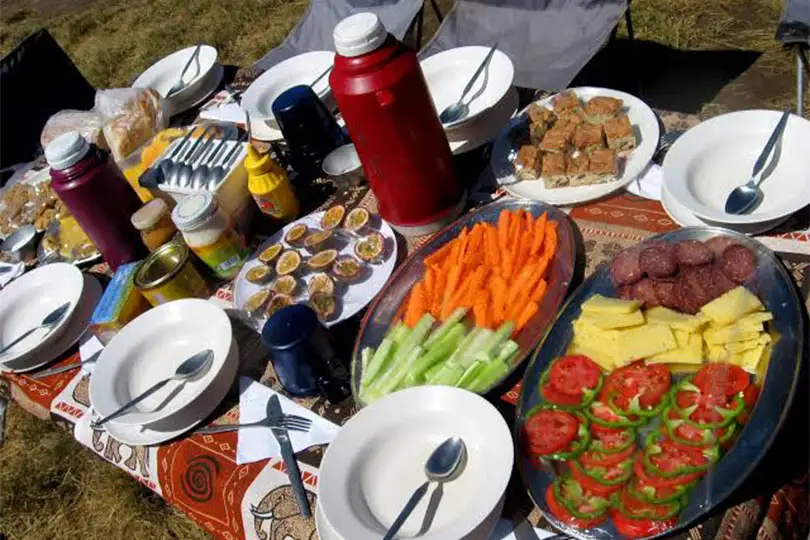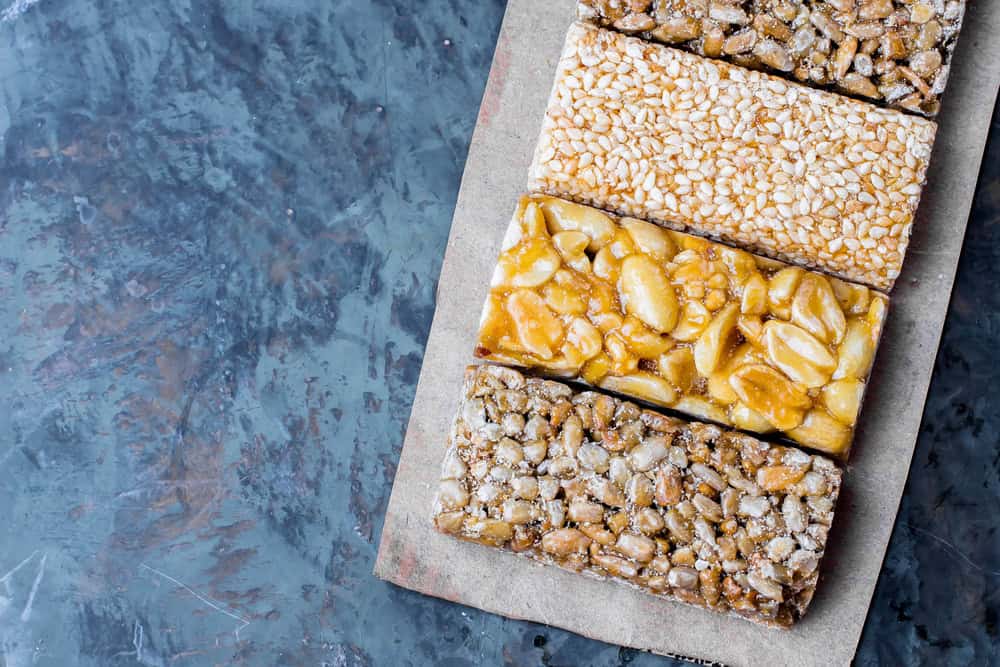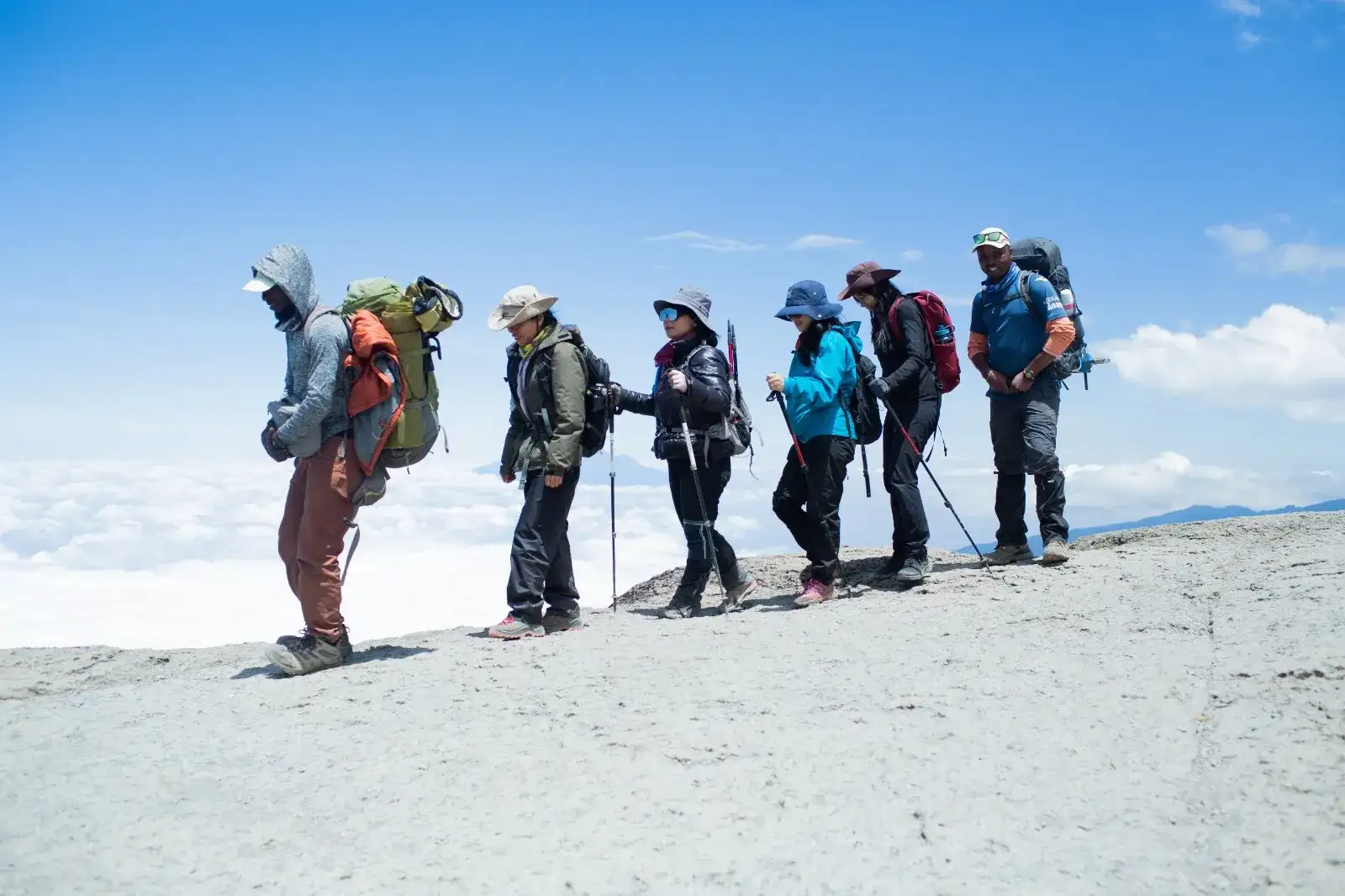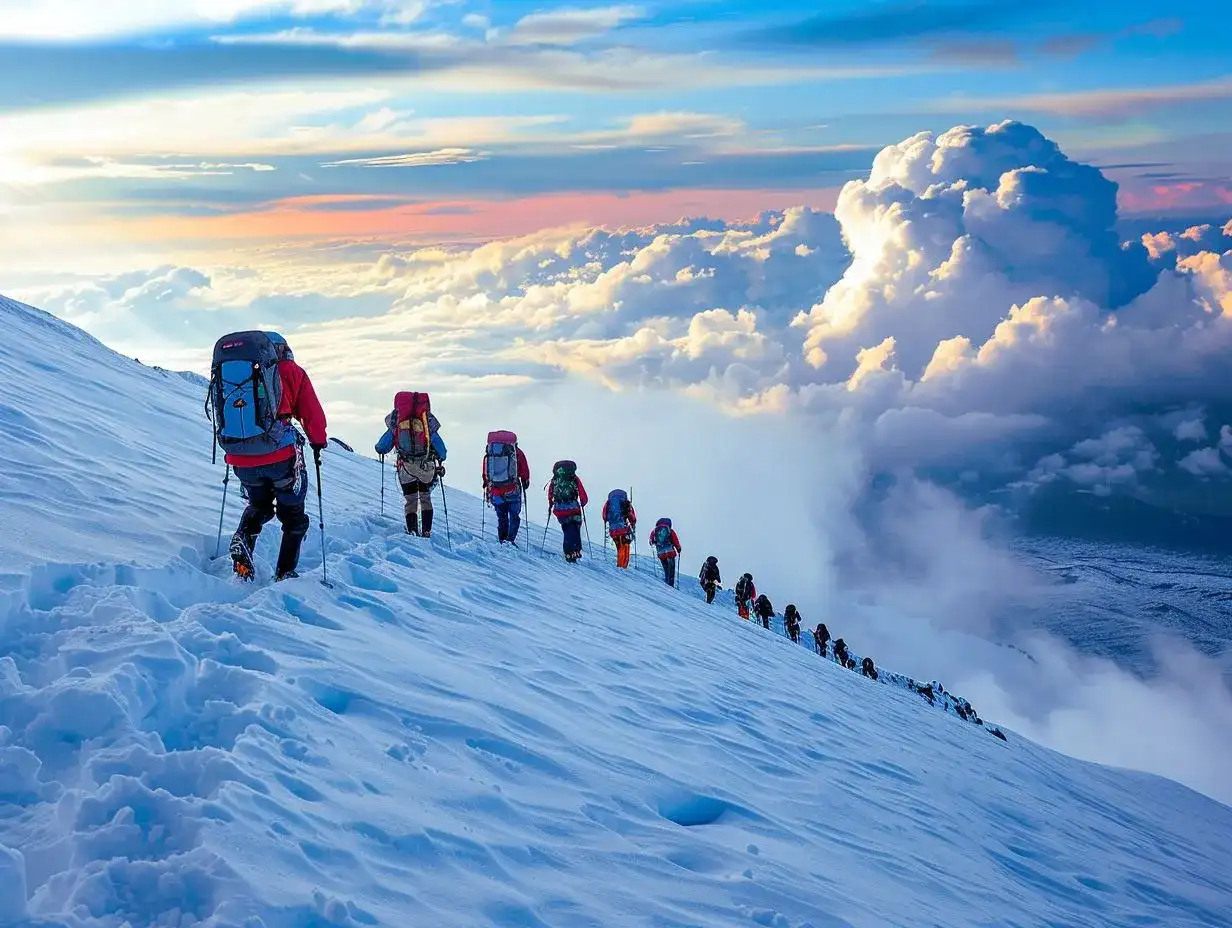Kilimanjaro Health & Safety Tips: Altitude, First Aid & Fitness
Climbing Kilimanjaro safely requires good planning. Acclimatize properly to avoid altitude sickness, ascend slowly, and stay hydrated. Fitness is important. Build endurance with cardio and strength training before your trek. First aid essentials include medications for headaches, stomach problems, and minor injuries, along with a basic kit for cuts or blisters. Pay attention to your body, take rest days if necessary, and always follow your guide’s instructions. Safety comes first, adventure comes second. This guide from Capable Africa Tours gives you practical strategies to manage altitude sickness, pack a first aid kit, and improve your fitness to safely conquer Africa’s highest peak. Let’s explore the essentials for a secure and successful climb!
Start Preparing Now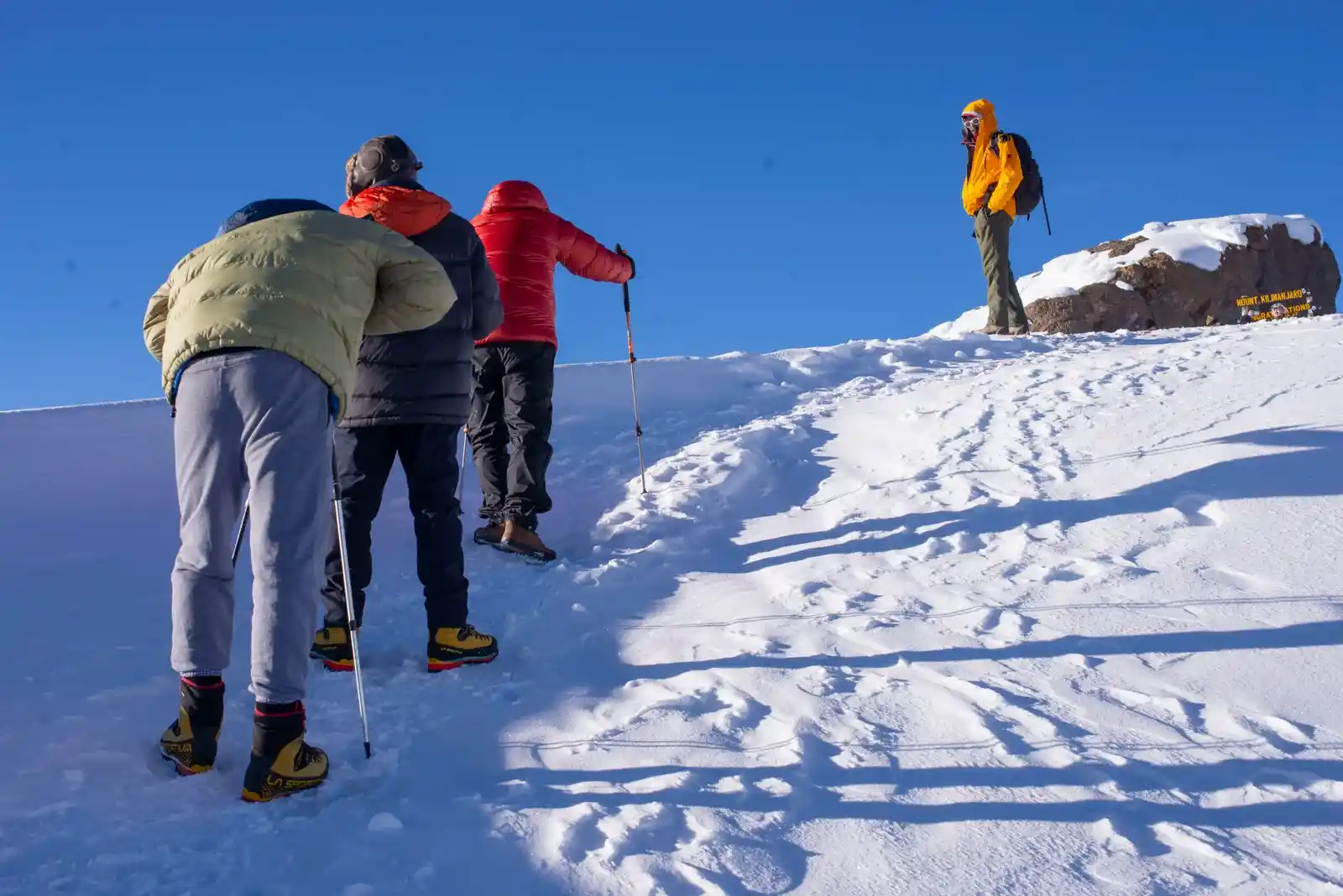
Your Ultimate Guide to Kilimanjaro Health & Safety
Climbing Kilimanjaro is an incredible adventure, but staying safe and healthy is what makes the journey truly successful. From understanding altitude sickness and knowing when to pace yourself, to packing the right first-aid essentials and keeping hydrated, every step matters. Think of this guide as your trusted companion—practical tips, clear advice, and a little reassurance—so you can focus on reaching the summit with confidence and peace of mind. At Capable Africa Tours, we prioritize your safety with expert guides, comprehensive medical support, and tailored advice. This guide covers everything you need to know about altitude sickness, first aid essentials, fitness preparation, and more to ensure a safe and successful summit. With over 75% of climbers experiencing some form of altitude sickness, proper planning is critical. Let’s explore how to tackle Kilimanjaro’s challenges with confidence.
Understanding and Preventing Altitude Sickness
Acute Mountain Sickness (AMS) is the biggest health risk on Kilimanjaro, affecting over 75% of climbers due to low oxygen levels at high altitudes. At Uhuru Peak, oxygen levels are about 49% of sea-level values, making acclimatization critical. Severe cases can lead to High-Altitude Pulmonary Edema (HAPE) or High-Altitude Cerebral Edema (HACE), which are life-threatening. Here’s how to prevent and manage AMS:
- Choose a Longer Route: Opt for 7–8 day routes like Lemosho or Machame for better acclimatization. Data shows a 90% summit success rate on longer routes compared to 65% on 5-day routes.
- Ascend Slowly: Follow the Swahili mantra “pole pole” (slowly, slowly) to allow your body to adjust. Rapid ascents increase AMS risk by 30%.
- Stay Hydrated: Drink 4–5 liters of water daily to combat dehydration, which mimics AMS symptoms. Clear urine indicates proper hydration.
- Consider Diamox: Consult your doctor about acetazolamide (Diamox) to aid acclimatization. Studies show it reduces AMS incidence by 20–25%.
- Monitor Symptoms: Report headaches, nausea, or fatigue to your guide immediately. Capable Africa Tours uses pulse oximeters to check oxygen saturation twice daily.
Altitude Sickness Symptoms and Severity
| Symptom | Mild (Lake Louise Score 1–2) | Moderate (Score 3–5) | Severe (Score 6+) |
|---|---|---|---|
| Headache | Mild, manageable | Persistent, affects activity | Debilitating, unrelieved |
| Nausea | Slight discomfort | Moderate, occasional vomiting | Severe vomiting, incapacitating |
| Fatigue | Mild tiredness | Moderate weakness | Extreme exhaustion |
| Dizziness | Slight light-headedness | Moderate disorientation | Severe, impairs movement |
Note: If symptoms worsen, immediate descent is the only cure. Capable Africa Tours’ guides are trained to use the Lake Louise Scoring System for accurate diagnosis.
First Aid Essentials for Kilimanjaro
When climbing Kilimanjaro, it’s smart to carry a compact but well-thought-out first aid kit so you’re prepared for common issues on the mountain. Essentials include blister care (moleskin, bandages, antiseptic wipes), pain relievers, altitude sickness medication (such as Diamox if prescribed), rehydration salts, anti-diarrheal tablets, personal prescriptions, and basic wound care supplies. Pack everything in a waterproof pouch and know how to use each item—it can make a big difference in keeping you safe and comfortable on the trek. While Capable Africa Tours provides comprehensive medical kits, including oxygen tanks and Gamow bags, climbers should carry a personal kit. Here’s what to include:
- Painkillers: Ibuprofen or paracetamol for headaches and muscle aches.
- Blister Plasters: Moleskin or Compeed for foot blisters from long hikes.
- Antiseptics: Betadine or antiseptic cream for cuts and scrapes.
- Diarrhea Medication: Loperamide for gastrointestinal issues.
- Rehydration Salts: To restore electrolytes lost through sweating.
- Sunscreen and Lip Balm: SPF 50+ to protect against intense UV rays.
- Bandages and Gauze: For minor wounds and sprains.
- Tweezers: For removing splinters or ticks.
Pro Tip: Capable Africa Tours’ guides carry advanced medical kits with dexamethasone and amoxicillin for emergencies, ensuring rapid response. Always inform your guide of any medical conditions or medications.
Fitness Preparation for Kilimanjaro
To get ready for Kilimanjaro, think of it as training for endurance rather than speed. Focus on building stamina with regular hikes (preferably on hills or stairs), add cardio like running, cycling, or swimming, and strengthen your legs and core with exercises such as squats and lunges. Aim to hike with a backpack to get used to carrying weight, and if possible, train at higher altitudes or use long hikes to mimic summit days. Consistency is key—start months in advance and gradually increase intensity. Start training 3–6 months in advance with these strategies:
- Cardiovascular Training: Run, cycle, or swim 3–4 times weekly to build stamina. Aim for 5 km runs or 1-hour sessions.
- Strength Training: Focus on legs and core with squats, lunges, and planks to handle steep slopes.
- Hiking Practice: Train with a 10–15 kg backpack on 10 km hikes to simulate Kilimanjaro conditions.
- Altitude Simulation: If possible, train at elevations above 2,500 meters or use altitude training systems.
Fitness Level Requirements by Route
| Route | Duration | Fitness Level | Daily Hiking Hours | Summit Success Rate |
|---|---|---|---|---|
| Marangu | 5–6 days | Moderate | 4–6 hours | 65–70% |
| Machame | 6–7 days | Moderate to High | 6–8 hours | 80–85% |
| Lemosho | 7–8 days | High | 6–9 hours | 90–95% |
| Rongai | 6–7 days | Moderate | 5–7 hours | 80–85% |
Tip: Capable Africa Tours offers pre-climb fitness consultations to tailor your training plan, boosting your summit chances.
Emergency Procedures on Kilimanjaro
Emergency procedures on Kilimanjaro are designed to keep climbers safe if something goes wrong. If a climber shows serious symptoms of altitude sickness or injury, the first step is immediate descent to a lower altitude, often the fastest and most effective treatment. Guides are trained in first aid and will monitor health daily, using tools like pulse oximeters. In more severe cases, stretchers are used to evacuate climbers down the mountain, and at certain camps, helicopters can be arranged for evacuation. The key is quick response—guides act fast, prioritize safety, and ensure you get medical help as soon as possible. Capable Africa Tours ensures safety with:
- Trained Guides: All guides are certified Wilderness First Responders with high-altitude medical training.
- Oxygen Tanks: Jumbo “D” cylinders (640 liters) are carried for severe AMS cases.
- Portable Hyperbaric Chambers: Gamow bags simulate lower altitudes to stabilize climbers.
- Helicopter Evacuation: Available through partnerships with Kilimanjaro SAR services.
- Daily Health Checks: Pulse oximeters and stethoscopes monitor oxygen saturation and lung health.
Approximately 1,000 climbers are evacuated annually, primarily due to AMS. Capable Africa Tours’ protocols reduce this risk significantly.
Nutrition and Hydration Tips
To stay fueled and hydrated on Kilimanjaro, eat small, frequent meals that combine complex carbohydrates for energy, lean proteins for recovery, and healthy fats for endurance. Bring snacks like trail mix, energy bars, and dried fruit for quick boosts during the climb. Hydrate consistently by drinking 3–4 liters of water per day, using a hydration bladder for easy access. Add electrolyte powders or rehydration salts to replace minerals lost through sweat and prevent fatigue. Below is a practical list of nutrition and hydration tips to help you stay strong and energized throughout your 6–9 day trek with Capable Africa Tours.
- High-Calorie Diet: Consume 3,000–4,000 calories daily, focusing on carbohydrates (60–70% of intake) to fuel high-altitude exertion.
- Hydration: Drink 4–5 liters of water daily, supplemented with electrolyte tablets to prevent hyponatremia.
- Snacks: Pack energy bars, nuts, and dried fruits for quick boosts during hikes.
- Meals: Capable Africa Tours provides nutrient-rich meals tailored for high-altitude needs, including vegetarian options.
Climb Kilimanjaro Safely with Capable Africa Tours
Join Capable Africa Tours for a safe and unforgettable Kilimanjaro climb. Our expert guides, robust safety protocols, and personalized support ensure you’re prepared for altitude, emergencies, and fitness challenges.
- Certified Wilderness First Responder Guides
- Comprehensive Medical Kits and Oxygen
- High Summit Success Rates (Up to 95%)
- Tailored Fitness and Acclimatization Plans
- Seamless Safari and Zanzibar Extensions

